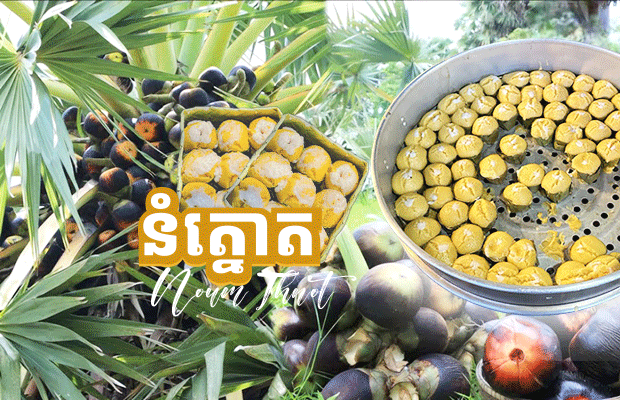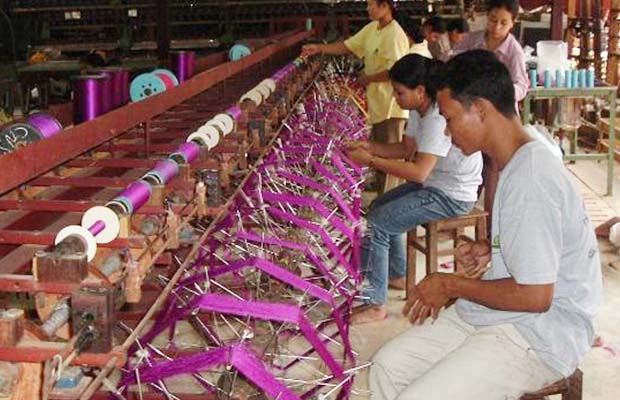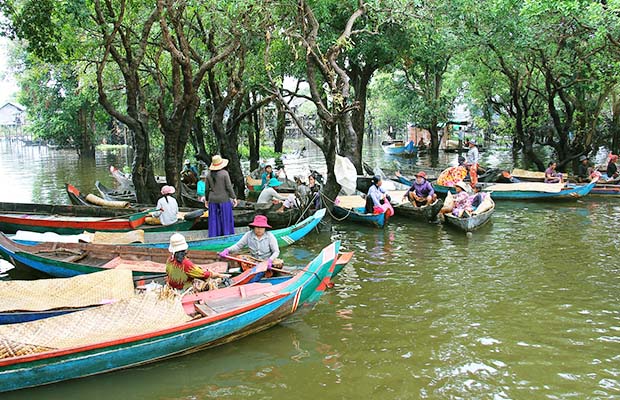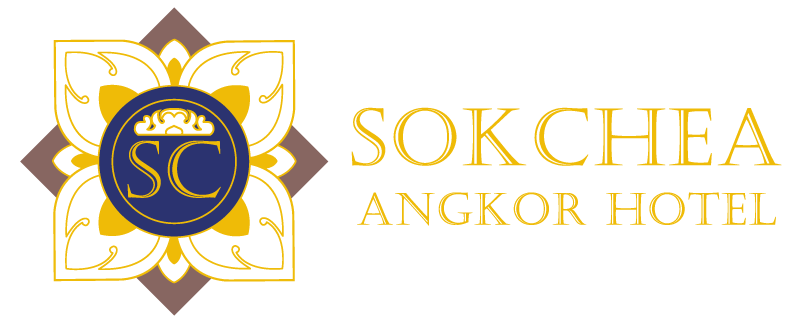Experience the Thrill of Angkor Zipline: Adventure in the Heart of Angkor Park
If you’re looking to combine the beauty of nature with an unforgettable adrenaline rush, Angkor Zipline is a must-visit adventure nestled deep within Cambodia’s world-famous Angkor Archaeological Park. Just a short drive from Siem Reap, this eco-adventure offers a unique and exhilarating way to explore the lush tropical forest canopy surrounding the ancient temples. With a strong emphasis on safety, environmental conservation, and community engagement, Angkor Zipline isn’t just about excitement—it’s about connecting with nature and supporting sustainable tourism in one of Southeast Asia’s most iconic destinations.
Angkor Zipline features a series of thrilling zip lines, sky bridges, and tree platforms that give you a bird’s-eye view of the jungle below. You’ll soar through the forest like a gibbon, gliding between trees and witnessing the incredible biodiversity that thrives in this protected area. From butterflies and exotic birds to rare flora, the jungle is alive with color and sound. Depending on the package you choose, your adventure can include up to 10 zip lines, multiple hanging bridges, and even a controlled abseil descent. Each course is guided by trained professionals who not only ensure your safety but also provide interesting facts about the local ecosystem and Angkor’s natural history.
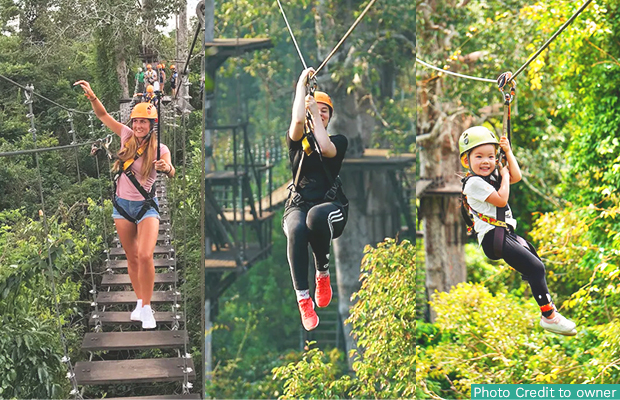
What truly sets Angkor Zipline apart is its commitment to conservation and sustainability. The entire experience is designed to have minimal environmental impact, with platforms built without harming the trees and strict policies in place to protect the habitat. In addition, the company works closely with the local community by providing employment opportunities, supporting education initiatives, and sourcing materials locally whenever possible. This means that every ticket purchased contributes to preserving Cambodia’s cultural and natural heritage.
The location within Angkor Park also makes this experience incredibly special. Few places in the world offer the chance to zip line just a stone’s throw away from ancient ruins that date back to the 12th century. After your zipline adventure, you can continue your day by exploring iconic temples like Angkor Wat, Bayon, and Ta Prohm, all located within a short distance. It’s the perfect way to balance adventure with cultural immersion.
Whether you’re a thrill-seeker, a nature lover, or a curious traveler looking for something beyond the usual temple tours, Angkor Zipline offers a safe, family-friendly, and environmentally conscious adventure that will be one of the highlights of your trip to Cambodia. With various packages available for all ages and skill levels, including half and full-day options, there’s something for everyone. So gear up, take a deep breath, and get ready to fly through the treetops of one of the most awe-inspiring places on earth. Angkor Zipline isn’t just an activity—it’s an experience you’ll remember for a lifetime.

